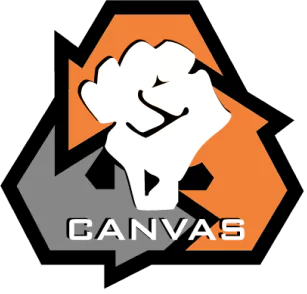Mar 3, 1913-1913
United States of America
National Woman’s Party Pageants
Share
ACTIVISTS/ACT.GROUPS/DESCRIPTION OF THE GROUP
National Woman's Paty
TARGET
Uinted States government
WIDELY HELD BELIEF
Women’s voting rights must be prioritized.
CASE NARRATIVE
Issue and Opponent: Like parades, suffrage pageants, and tableaus had deep historical roots, which the suffragists tapped into when looking for ways to attract publicity and new members. Some suffragists liked the idea of linking artistic inclinations with political activism. Others preferred performing on a stage or assisting behind the scenes rather than marching in a parade. Hazel MacKaye, the best-known of all pageant directors, created four pageants for the Congressional Union for Woman Suffrage (CU) and National Woman’s Party (NWP) between 1913 and 1923. By making women the central figures in these plays, MacKaye and other pageant organizers empowered the participants and the women who watched these tableaus. On the eve of President Woodrow Wilson’s inauguration, the Congressional Committee of the National American Woman Suffrage Association (NAWSA) staged its first major event to demand an amendment to the U.S. Constitution enfranchising women. Dilemma Action: A critical component of the first national suffrage parade on March 3, 1913, in Washington, D.C., was the elaborate tableau, “The Allegory,” produced by pageant designer Hazel MacKaye. Through sheer persistence and moxie, Alice Paul secured permission from government officials to use the grand steps of the Treasury Building during working hours to mount a feminist pageant. The performance included 100 classically costumed women and children representing ideals such as Freedom, Justice, Peace, Charity, Liberty, Hope, and outstanding female historical figures, including Sappho, Joan of Arc, and Elizabeth of England. More than 20,000 people reportedly watched the pageant, including a reporter from the New York Times who gushed that it was “one of the most impressively beautiful spectacles ever staged in this country.” Outcome: The pageant performers shivered on the steps for much longer than anticipated because “a horrible, howling mob” of spectators streamed onto Pennsylvania Avenue, blocking the procession and bringing everything to a halt. Pageants outlived parades as a publicity tool and were brought forward into the NWP’s equal rights campaign. MacKaye’s final two pageants for the NWP were held respectively in July and September 1923 in Seneca Falls, New York, and in Colorado Springs, Colorado. Both pageants celebrated the 75th anniversary of the first women’s rights convention in Seneca Falls in 1848 and sought to attract new members to the party as it prepared to have the equal rights amendment introduced in Congress.
PRIMARY STRUGGLE/GOAL
NONVIOLENT TACTICS USED
DA TACTICS USED
Assemblies of protest or support
Performances of plays and music
Wearing of symbols
CASE NARRATIVE WRITER
SUCCESS METRICS
10 / 12
(CONC) Concessions were made
(MC) Media Coverage
(MSYMP) Media coverage was sympathetic to the activists
(OR) Opponent response
(PUN) Punishment favored the activists
(REFR) Dilemma action reframed the narrative of the opponent
(RF) Dilemma action reduced fear and/or apathy among the activists
(SA) Dilemma action appealed to a broad segment of the public
Artivism
Laugtivism
PART OF A LARGER CAMPAIGN
3 / 3
Activist group continued working together after the action
Encouraged more participants to join the movement
Internally replicated by the same movement
RESOURCES
Project documentation
Dilemma Actions Coding Guidebook
Case study documentation
Dilemma_Actions_Analysis_Dataset
SOURCES
Anon. N.d. “Tactics and Techniques of the National Woman’s Party Suffrage Campaign” Library of Congress. Retrieved July 14, 2023. (https://www.loc.gov/static/collections/women-of-protest/images/tactics.pdf).
Anon. N.d. “Historical Overview of the National Womans Party.” Library of Congress. Retrieved July 14, 2023. (https://www.loc.gov/collections/women-of-protest/articles-and-essays/historical-overview-of-the-national-womans-party/).
Anon. 2022. “Woman Suffrage Pageants.” National Park Service, March 9. Retrieved July 14, 2023. (https://www.nps.gov/articles/000/suffrage-pageants.htm).
Bell et al. N.d. “Chapter 1: The Congressional Union 1913-1916.” University of Washington. Retrieved July 14, 2023. (https://depts.washington.edu/moves/NWP_project_ch1.shtml).
Anon. N.d. “National Woman’s Party.” Alice Paul Institute. Retrieved July 14, 2023. (https://www.alicepaul.org/nwp/).
Lange, Allison. 2018. “Parading for Progress.” National Women’s History Museum, March 1. Retrieved July 14, 2023. (https://www.womenshistory.org/exhibits/parading-progress).
Related cases
Apr 29, 2018-2018
Iran
At the end of December 2017, there was a massive movement of people against the economic and social situation in the country. The Iranian government censored social me...
/
Apr 1, 2001-2001
United States of America
Led by the Progressive Student Labor Movement(PSLM) in the fall of 1998, a movement to ensure hourly employees earned a living wage of 10 dollars an hour began. The co...
/
Feb 1, 2019-2019
Montenegro
President Milo Djukanovic and his government had ruled Montenegro for 30 years. Claims of inter-governmental corruption and rigging of elections were finally put on di...
/
Subscribe to our newsletters to get full access to all materials on our website.

